Clover Food Plot and Tree Stand Placement Tips
Hunting Clover Plots | Tree Stand Strategies
Spring is in the air and chasing white-tailed deer is likely the last thing on your mind, however, the spring months offer those who have a passion for deer hunting an opportunity to fine-tune the placement and positions of their deer stands. Deer hunting is a sport that requires a “trial and error” approach in order to be successful. Just about the time you think you have checked all the boxes, and you have your tree stand placed perfectly, and you have done your due diligence to address all of the variables, something unforeseen arises and it is back to the drawing board. Though it may seem frustrating, the constant grind that comes with punching a tag only helps to make success even sweeter and often teaches us a thing or two that we can apply to future hunts.
Tree stand placement is often a product of two things, the type of area you are hunting (funnel, bedding area, food source, etc.) and the available cover that you have to place a tree stand. These are certainly the “big bucket” concepts that most white-tailed deer hunters tend to adhere to, however, not taking the time to truly analyze the circumstances can often lead to mistakes being made. Often, tree stand placement along with other aspects of your overall hunting strategy can be fine-tuned if you are willing to take the time to dive a little deeper into the “when” and “where”.
Tree Stand Placement Tips
Spring is food plot season, and as such, clover food plots are usually the first thing on hunter’s minds. For good reason! Clover plots, if placed and hunted correctly can serve as perfected kill plots. Take this tree stand placement and clover plot tips into consideration.
Not Every Set Is Created Equal
Would ever you wear football pads to a baseball game? Hopefully, the answer is no! The point is that both football and baseball are competitive sports that are very similar. They both involve a team, they both occur on a field, and they both utilize a ball. Though they are similar, they couldn’t be any more different. The same can be said for each of your tree stand sets. Though you are hunting white-tailed deer from each location and set, each location and set are different in its own way. If you make the mistake of treating each of your tree stands as if they are exactly like the other, then chances are you are missing opportunities to fine tune your tree stand placement and add to add a few more tally marks to your harvest totals at the end of the year.
The Devil is in the Details
Sometimes, identifying the differences between tree stand sets can be tough. For example, if you have tree stands placed in a wooded draw on one side of the property, and a tree stand placed in a wooded draw on the other side of the property, you might argue that there is nothing that separates the two from each other, and in some cases you would likely be correct. That said, the devil is often in the details so before you make your assumptions that all tree stands sets placed in similar cover types are the same, here are a few thoughts to keep in mind.
Timing
The old saying “timing is everything” is certainly true when it comes to how you place and when you hunt your tree stand. Certain sets may see very little activity during the early part of the season, but turn on during the rut or late season. Likewise, you may have certain areas of your property that deer do not specifically use all the time, however, will pass through during certain periods of the year. It is scenarios such as these that separate the wooded draw on the east side of the farm from the wooded draw on the west.
Cover
Placing a tree stand is one thing, and hunting from it is certainly another. Understanding the timing in regards to when certain tree stands sets will likely have the most activity and when food plots are attractive can help you understand what your needs will be in terms of concealment. For example, if you are hunting a travel lane food plot such as a funnel or wooded draw staging area, that is exposed between crop or CRP, then the overhead cover is likely at a premium. Additionally, of you have an area like this that you tend to spend more time in after leaf drop, then you may want to keep the saw in the pack and resist the urge to cut too many branches out of the way. It is important to have a shooting lane, however, concealment is equally so.

Placement over Clover Plots
Deer hunting over a green browse plot such as a clover plot is truly a special thing. There is just something about seeing a white-tailed deer cast against the lush, green vegetation of a clover plot that can get the blood pumping in the chest of any deer hunter. Clover plots provide an excellent opportunity to not only see a lot of deer during the early part of the deer season but to also catch a big mature buck prior to the rut. Green browse such as clovers provide white-tailed deer with an unbelievable source of nutrition, and with little effort on the part of the hunter, can produce an immense amount of biomass, most clovers reaching from 2,000- 3,000 lbs per acre, to help feed a large number of deer on any given farm.
Hunting over a food source such as a clover plot may seem fairly straightforward, however, when it comes to tree stand placement over these areas it can be a little trickier than you might it might appear.
Is it Early Season Hunting?
Hunting over a clover plot is typically early to mid-season activity. These areas can still produce white-tailed deer activity at all times of the year, however, once the season turns colder deer will begin to seek out forages that are more suitable for the conditions. It is important to keep in mind the conditions that you will be faced with when hunting during the early season as you begin to identify potential tree stand locations. As was mentioned previously, the foliage during the early to middle part of the season tends to be fuller. This is both a positive and a negative. It is a positive in that you should have plenty of covers to help you stay hidden and concealed, however, keep your shooting lanes clear and open can sometimes be very problematic and require attention many times throughout the offseason. The spring months are an excellent time to get out and begin considering tree stand locations and evaluating your shooting lanes.
Entry and Exit
One of the positive aspects of hunting a food plot that consists of forages like clover is that while mornings and evenings are likely the most active feeding times, white-tailed deer can and will literally utilize these areas at almost any point during the day. This unpredictability can also be a negative, as it can put extra emphasis on your entry and exit strategy. It is always important to have a way in and a way out of your stand that will keep you quiet and concealed. With a food plot such as a clover plot, this certainly the case, and then some. White-tailed deer will not only utilize these areas at any given point during the day but often will bed close by if suitable cover exists. It can be very challenging to make your way into these areas without bumping deer if you have neglected to do your legwork up front. Additionally, if and when you find yourself enjoying an evening hunt over a clover plot, be prepared to stay until last light. White-tailed deer, especially if they are unpressured, will tend to spend the majority of the evening in these plots, which can make it exceptionally difficult to exit without being seen. This helps to further emphasize the importance of an entry and exit strategy when hunting over your clover plot.
Scent Control
When placing a tree stand, a good rule of thumb is to not be any higher than you absolutely need to be. The height of tree stand is often a result of the location, the time of year it will be hunting and the concealment that is available. During the early season months, temperatures will often still be on the warm side. These humid conditions can greatly increase even the slightest odor, and can quickly cause you to be pinpointed. Early season food plots such as clover plots are areas where you may consider increasing the height of your set if that is an option. Increasing the height of your tree stand will help you with your scent control efforts, in addition to increasing your visibility. Just remember that there is no second chance for safety first, so always use a harness no matter if you are hunting from 10’ or 25’, a fall from a tree stand is serious so treat it as such.
Edge Effect
When it comes to deer hunting over clover plots, there is no question about where the deer prefer to be, and that is often the center of the plot. This is often the result of a couple of factors, the first being what is known as the “edge effect”. The edge effect is a term that applies the edges of a food plot or crop field being less productive than they middle or center of the plot. This is typically caused by either a fertility issue or as a result of the nearby trees either shading out the clover or simply outcompeting the clover for nutrients. The key factor here is that this, ensuring that you have your tree stand set within shooting distance of the major entry and/or exit point of the plot is important. Often, white-tailed deer will head straight for the most productive area of the clover plot, and if you are not ready to strike quickly, you may have to result to simply watching deer rather than shooting one.
If you take a few these tips into consideration it will likely help you to not only recognize factors variables related to tree stand placement that perhaps you had not in the past, but they will certainly help you to be more successful in the white-tailed deer woods this fall.




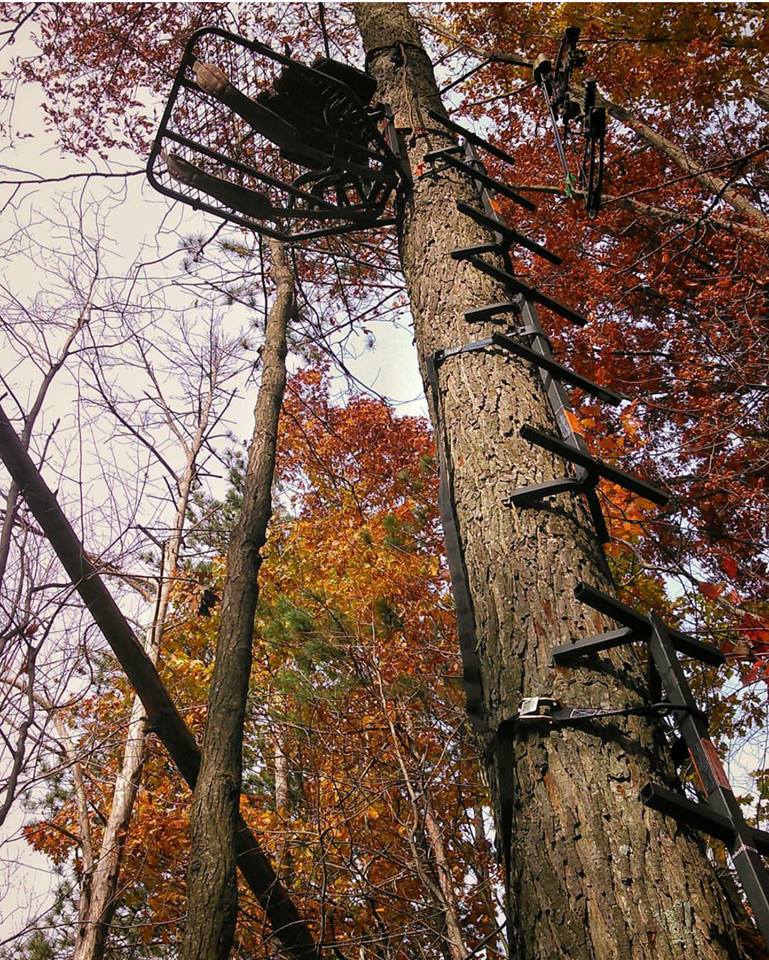
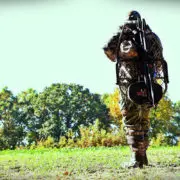
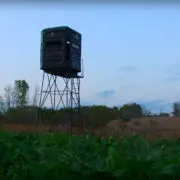
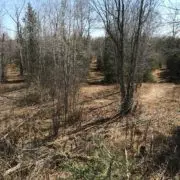
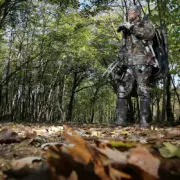
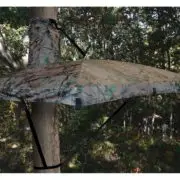





Leave a Reply
Want to join the discussion?Feel free to contribute!